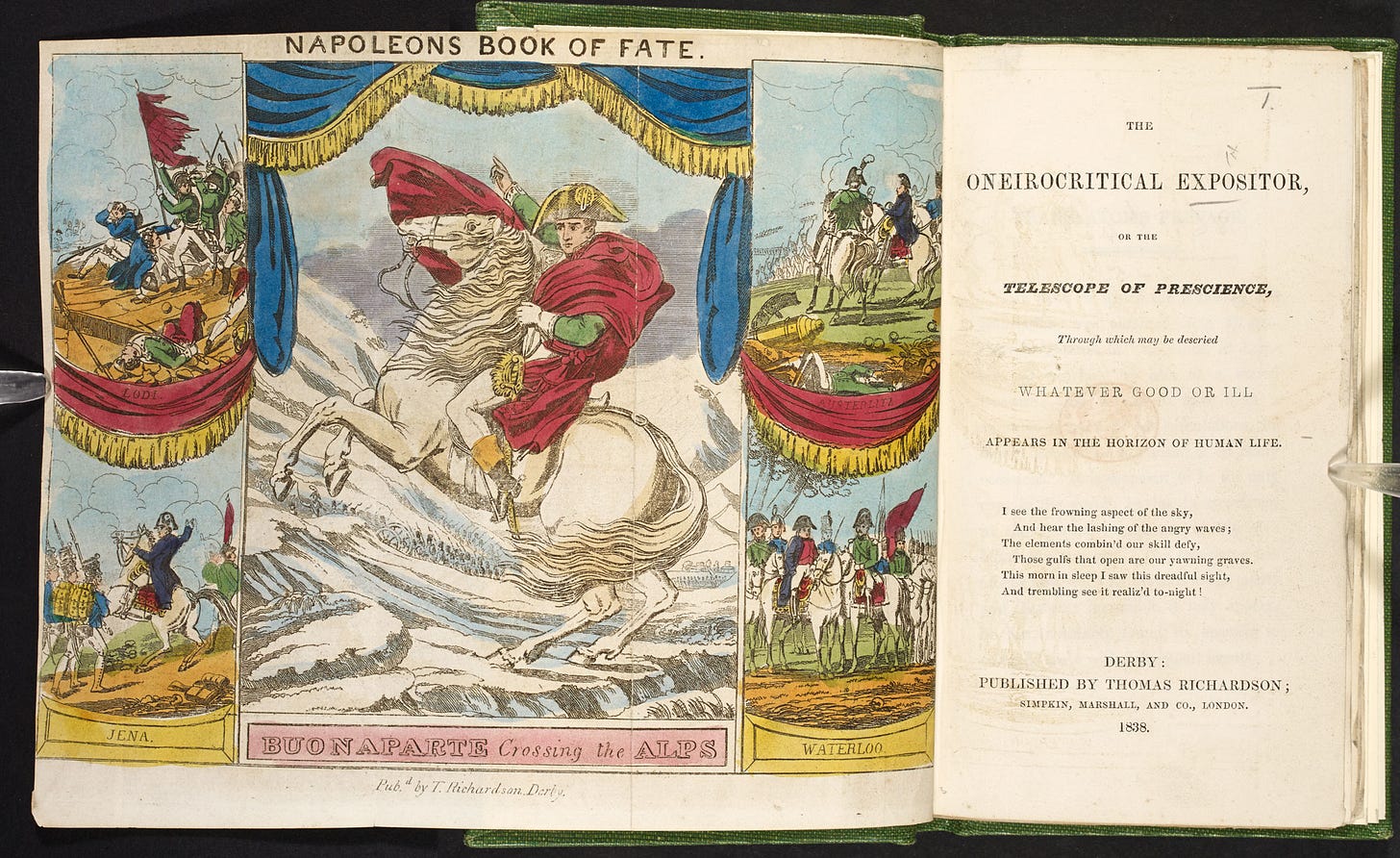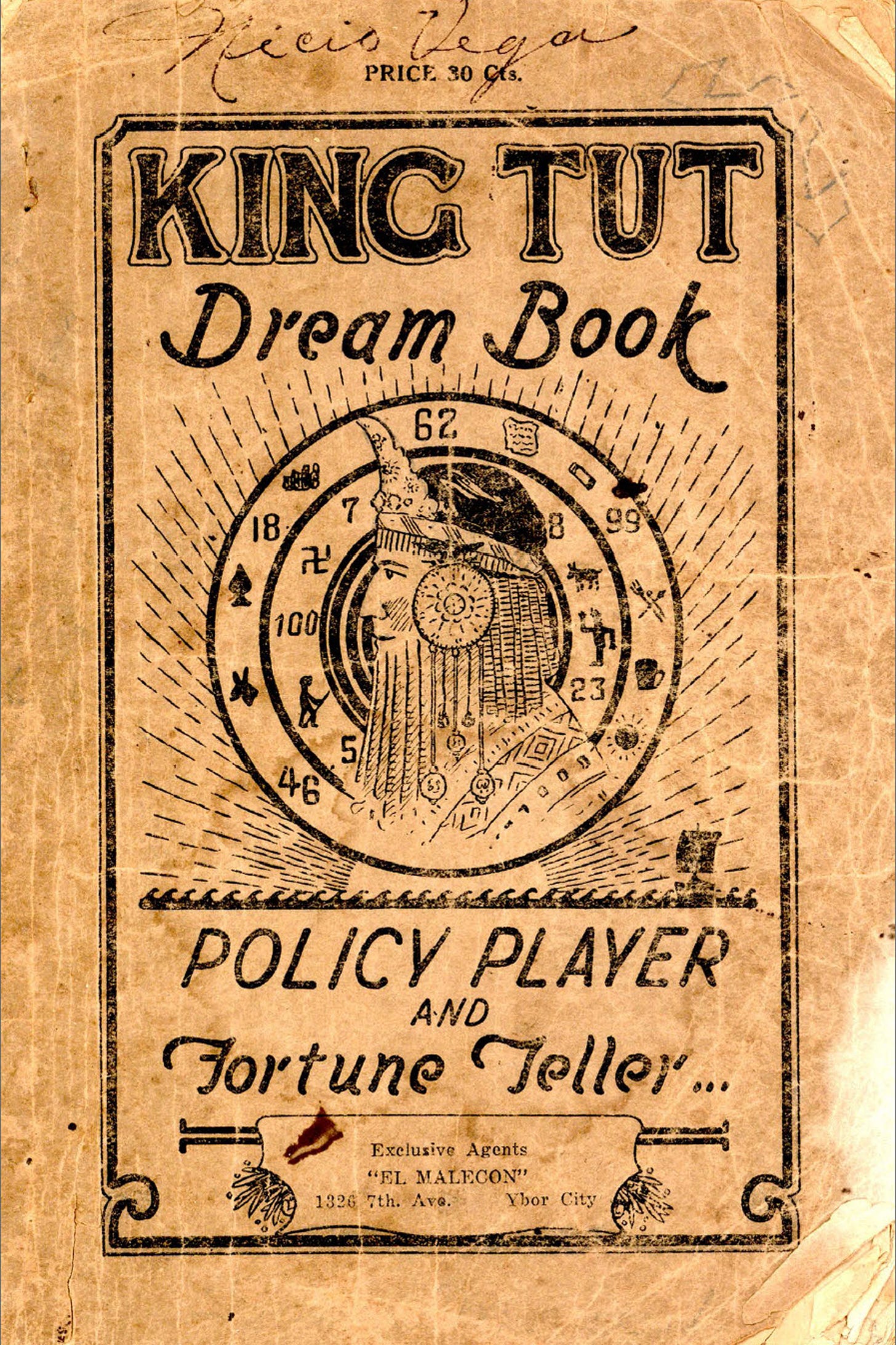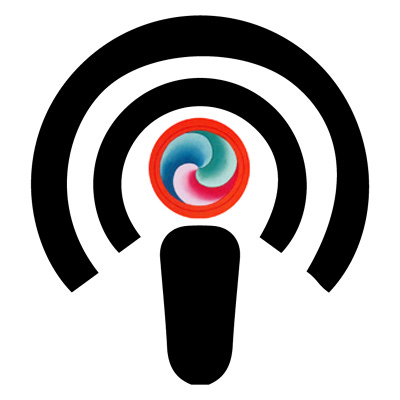My best friend and former co-worker took me to task recently when I told him about my nascent lucid dreaming and dream interpretation adventure. He compared such an endeavor to Nancy Reagan’s reliance on a professional horoscope reader to guide her and her husband Bonzo’s life decisions.
People in the dreamwork field get this common misplaced prejudice all the time. We’re often lumped somewhere between the far pseudo end of Psychology and Astrology & Horoscopes — which is exactly where I found my most recent dream book purchase, “Our Dreaming Mind,” on the shelves at Black Sheep Books here in town.
As a strong-minded, sure-footed Capricorn, I’ll readily admit that many so-called dream guides are about as scientific as the morning newspaper’s horoscope. Fair enough. And while Dream Moods may be a fun little lookup reference for the amateur, or even professional interpreter from time to time, it won’t help you dig very deep into heavy-duty symbology and discover the marvelous mysteries of your unconscious mind.
Regardless, dream interpretation, which has its roots in ancient divination, and which stretches as far back to the earliest of human writings, all the way back to the “Epic of Gilgamesh,” has indubitably informed modern scientific research into dream psychology and lucid dreaming. That’s right, indubitably.
The Oneirocritical Expositor
As the online British Library notes, mysticism and fortune-telling were popular subjects for the publishing industry in the early 1800s. And although the word oneirocritical in the title specifically refers to the interpretation of dreams, this 1838 book, published by Thomas Richardson of Derby, and subtitled “The Telescope of Prescience,” has more in common with I Ching yarrow sticks than Carl Jung.
Here’s how The Oneirocritical Expositor works. First, you make some random marks on a grid of dots. You know, in the name of Science. Then, you refer to an IRS-style lookup table, the Oraculum, for predictions about the future. “Be very cautious what you do this day, lest trouble befall you,” for example. Just another Tuesday, one might say.
And in case this all seems a little too woo-woo for your tastes, rest assured that this volume was obtained from the Cabinet of Curiosities of none other than Napoleon Bonaparte hisself, found after the big man’s (sic) defeat at Leipzig in 1813. So there.
This gives you a pretty good general sense of the way dream interpretation was perceived before the dawn of electricity. The book has the very word for dream interpretation in its title, oneirocritical, but the “interpretation” is more like a Chinese fortune cookie without the delicious crunchiness, and actually makes no reference to any dreams at all.
Funky Tut
Modern popular dream interpretation, the kind that made a lot of people a lot of money, got a big boost when British archaeologist Howard Carter unearthed the tomb of King Tut in 1922. Tut was an instant international hit, the Taylor Swift of his day, spawning songs, product names, and businesses — and a popular dream interpretation book, the “King Tut Dream Book.”
The “King Tut Dream Book” was first published in 1931, in both English and Spanish, by El Malecon in Ybor City Florida, a colorful old Cuban, Spanish, and Italian flavored neighborhood near downtown Tampa, best known for its cigar-making.
The title page claims the book was the exclusive property of — you guessed it — Emperor Napoleon. You can’t get more bang for your 1931 thirty cents than a Napoleon King Tut mashup. And in case you’re still not sold by this dual royal pedigree, each interpretation also has associated lottery numbers.
Unlike “The Oneirocritical Expositor,” this guide has actual single dream element interpretations for some basic, but also particularly peculiar, dream elements, like gingerbread, camels, and flannel.
A couple of favorites:
FISH.—To dream of seeing a number of fish implies that you will marry your present sweetheart—10, 18, 59.
Hmmm. Doesn’t say what kind of fish. What if you’re dating two girls at the same time and you really like them both but can’t decide which one to marry? Will one appear in your dream as a cod and the other as a salmon?
COFFIN.—To dream of a coffin, signifies that you will soon be married, and possess a house of your own — 49, 100.
Jeez, that’s harsh. I mean, I totally get the extralinguistic subjacent metonymic semiotic connexion chain between marriage and death (duh), but do you gotta beat me over the head with it?
FISH IN A COFFIN.—To dream of a fish in a coffin signifies that you will divorce your present wife and marry her sister—12, 25, 16.
Okay, I made that last one up. But I bet a fish in a coffin dream would certainly get your attention.
Sign of The Times
Throughout history, dream interpretation has mirrored the superstitions and scientific understanding of its times. Dreams have evolved from being messages from the gods, to post-Nietzschian sky-god private subconscious solipsistic projections, to random chemicals firing away in the brain like a pinball machine after a big spaghetti dinner with a-spicy meat-aballs.
The fact is, if you want to take your dreams seriously, you’re going to have to cut through a whole lot of cotton candy woo-woo, even in this day and age.
But at the end of the day, you have nothing to lose if you hedge your bets with a Pascal’s wager when it comes to your dreams. Why not spend a few mental cycles thinking about what that dream about a gigantic hair growing out of your nose might mean? It might give you some insight into a difficult relationship you’re having right now.
I think of my best friend and former co-worker, the hardcore scientific materialist, the denier of subjective experience. We both had stock in the company we worked at. I sold mine for a tidy profit after my bear dream. He held on and took a big bath — not a fun, freshly-drawn Mr. Bubble kind of bath, but rather the last guy in the dirty stinky Deadwood town bath tub, after a full day’s use, after Al Swearengen.







